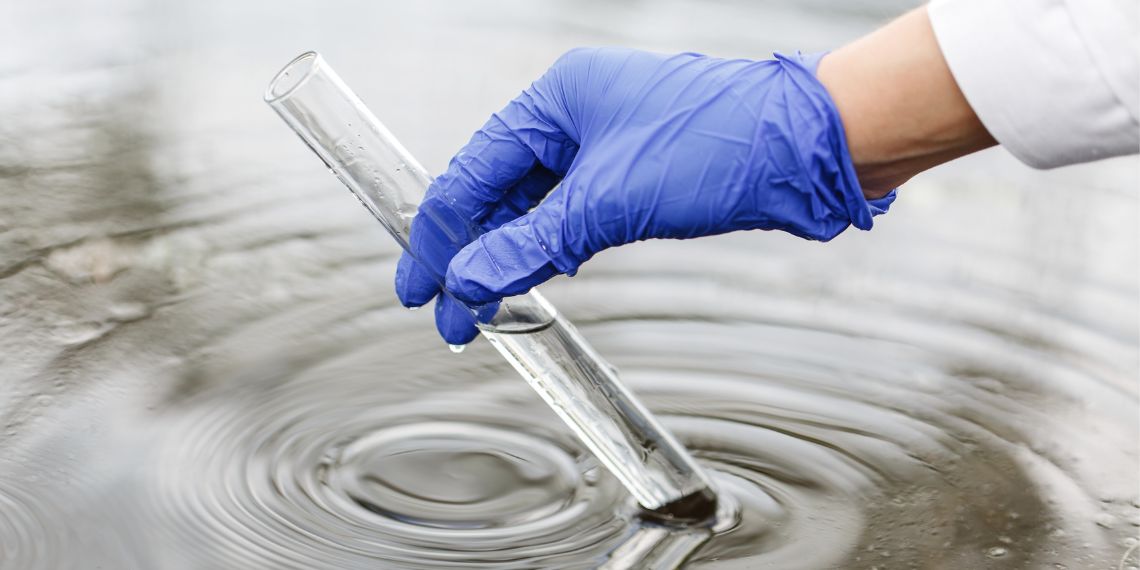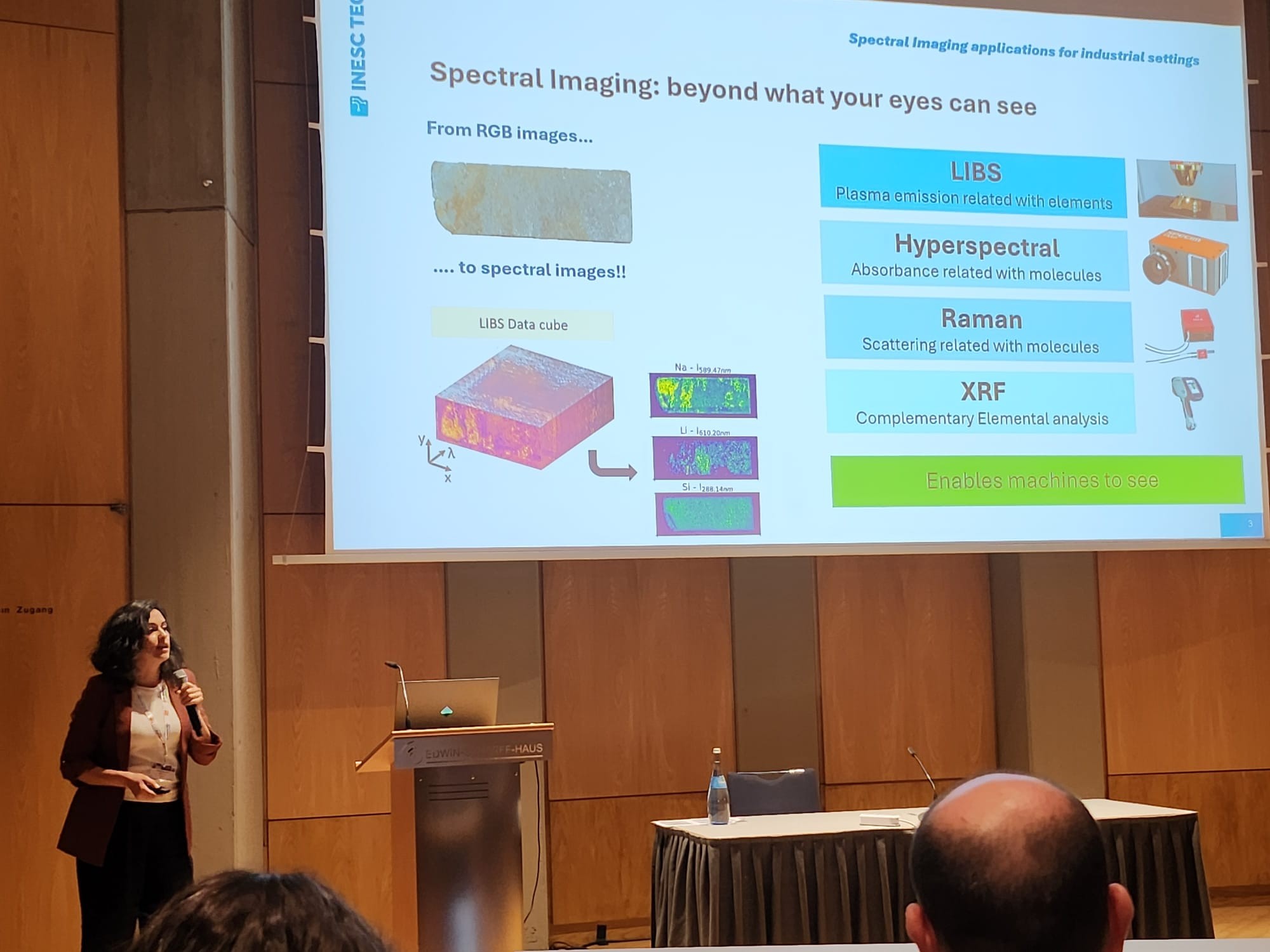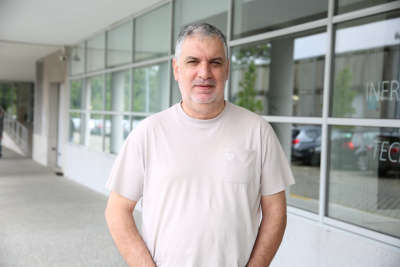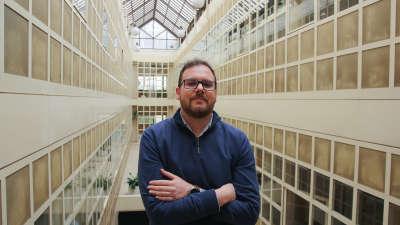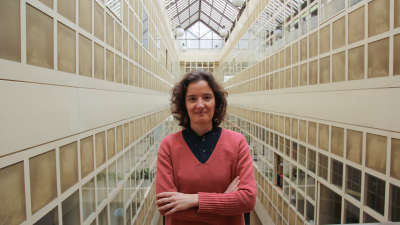Apresentação
No CAP desenvolvemos atividade na área da Fotónica Aplicada, principalmente no campo da tecnologia das fibras óticas.
Estamos orientados para a investigação aplicada e desenvolvimento nas áreas das fontes em fibra ótica, comunicações óticas, sensores em fibra e microfabricação (filmes finos e ótica integrada).
Procuramos também oportunidades para a transferência de tecnologia para a indústria portuguesa através das nossas competências específicas em optoeletrónica e integração de sistemas eletrónicos.




